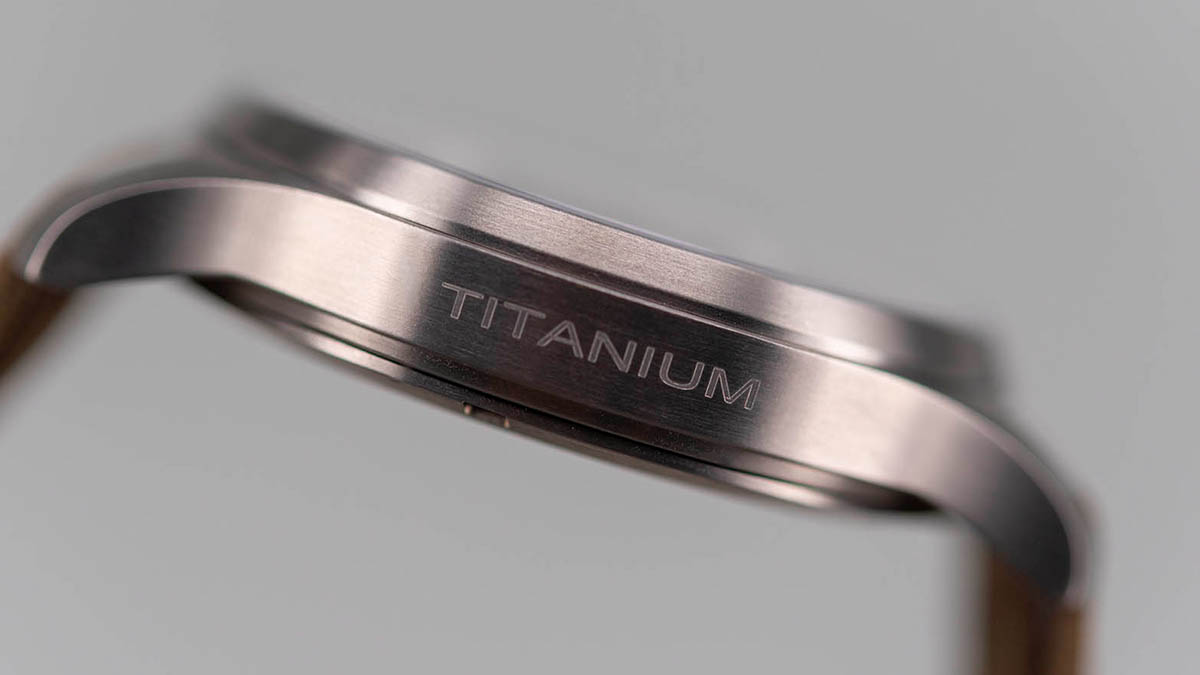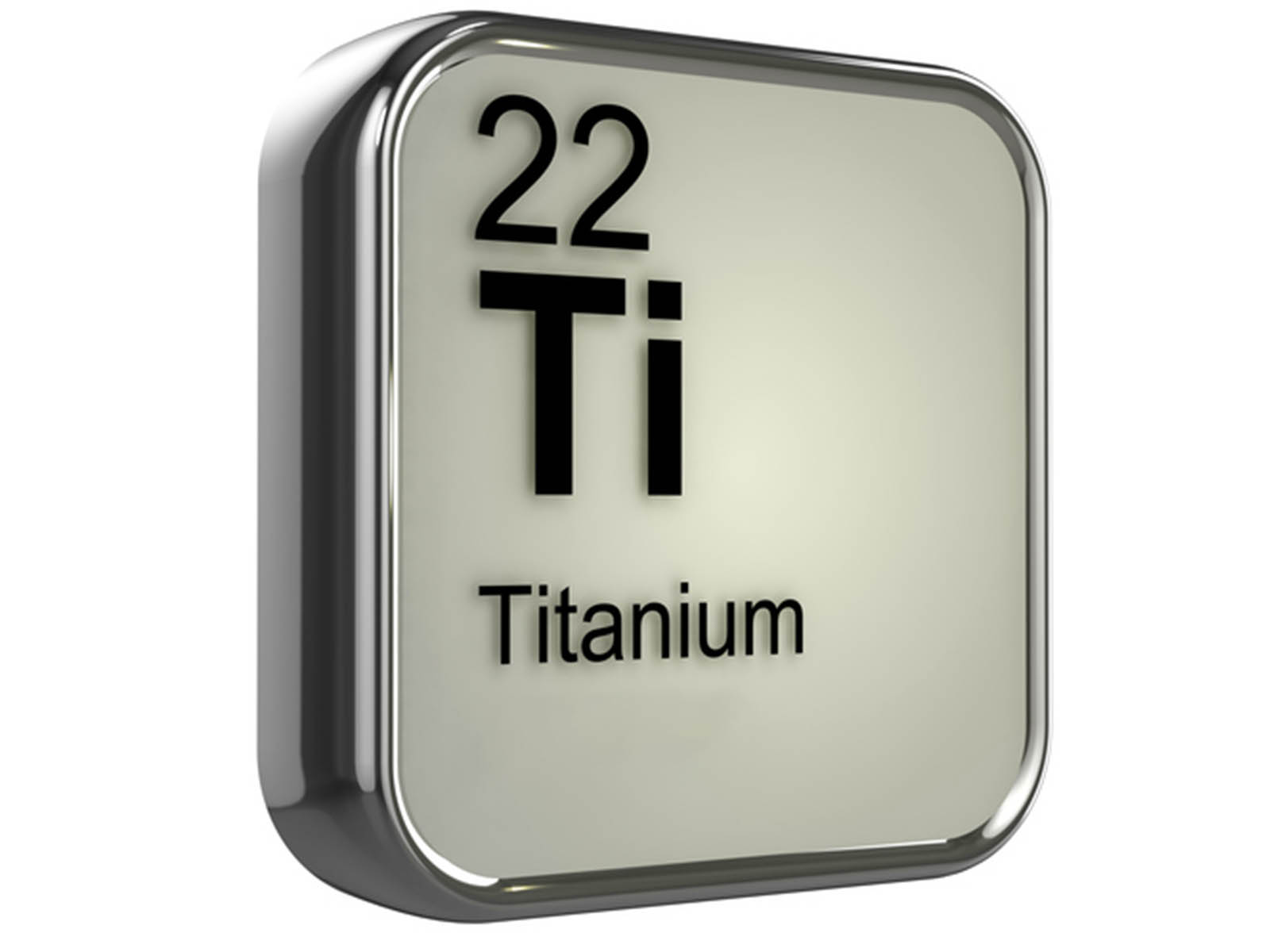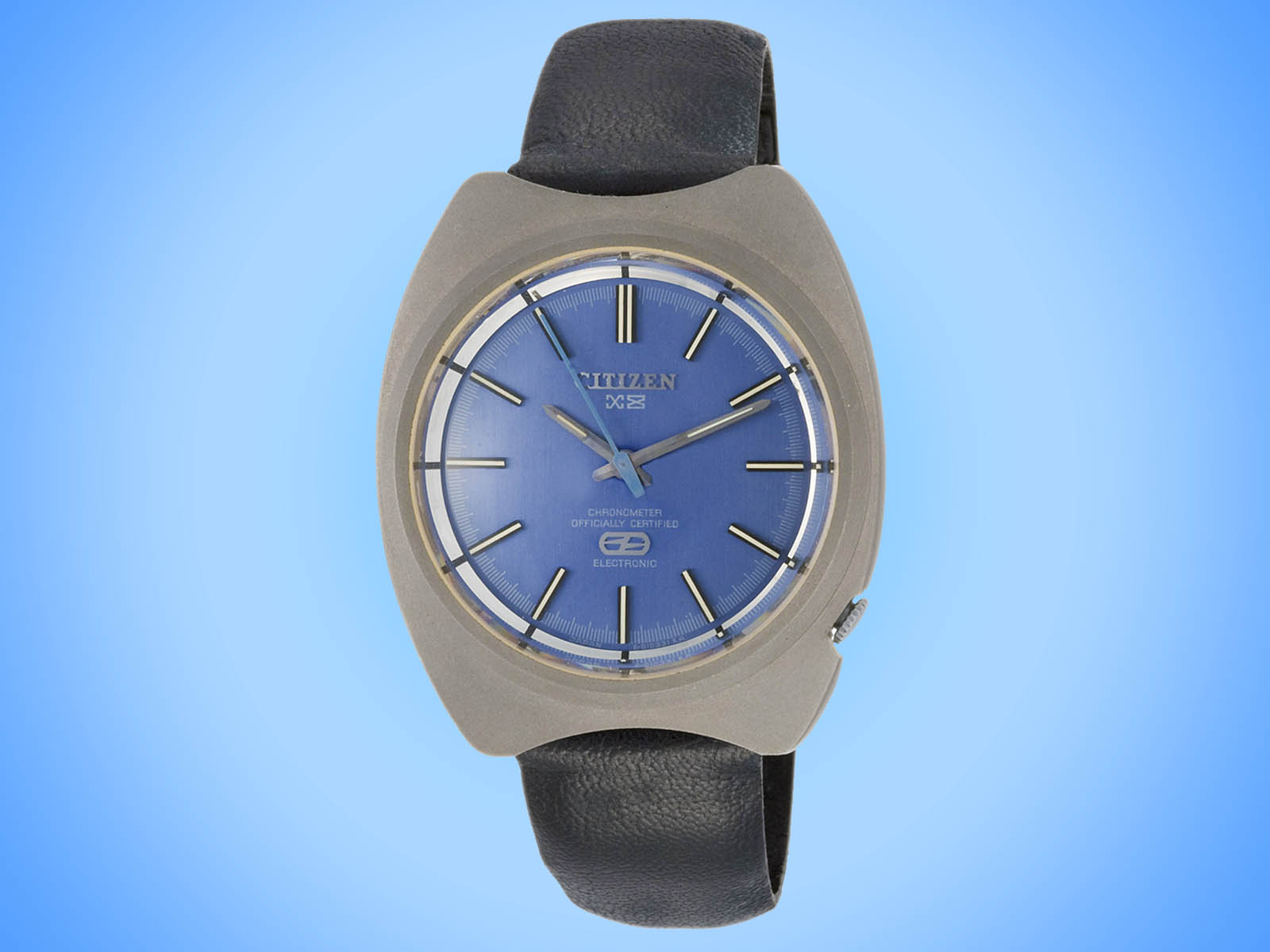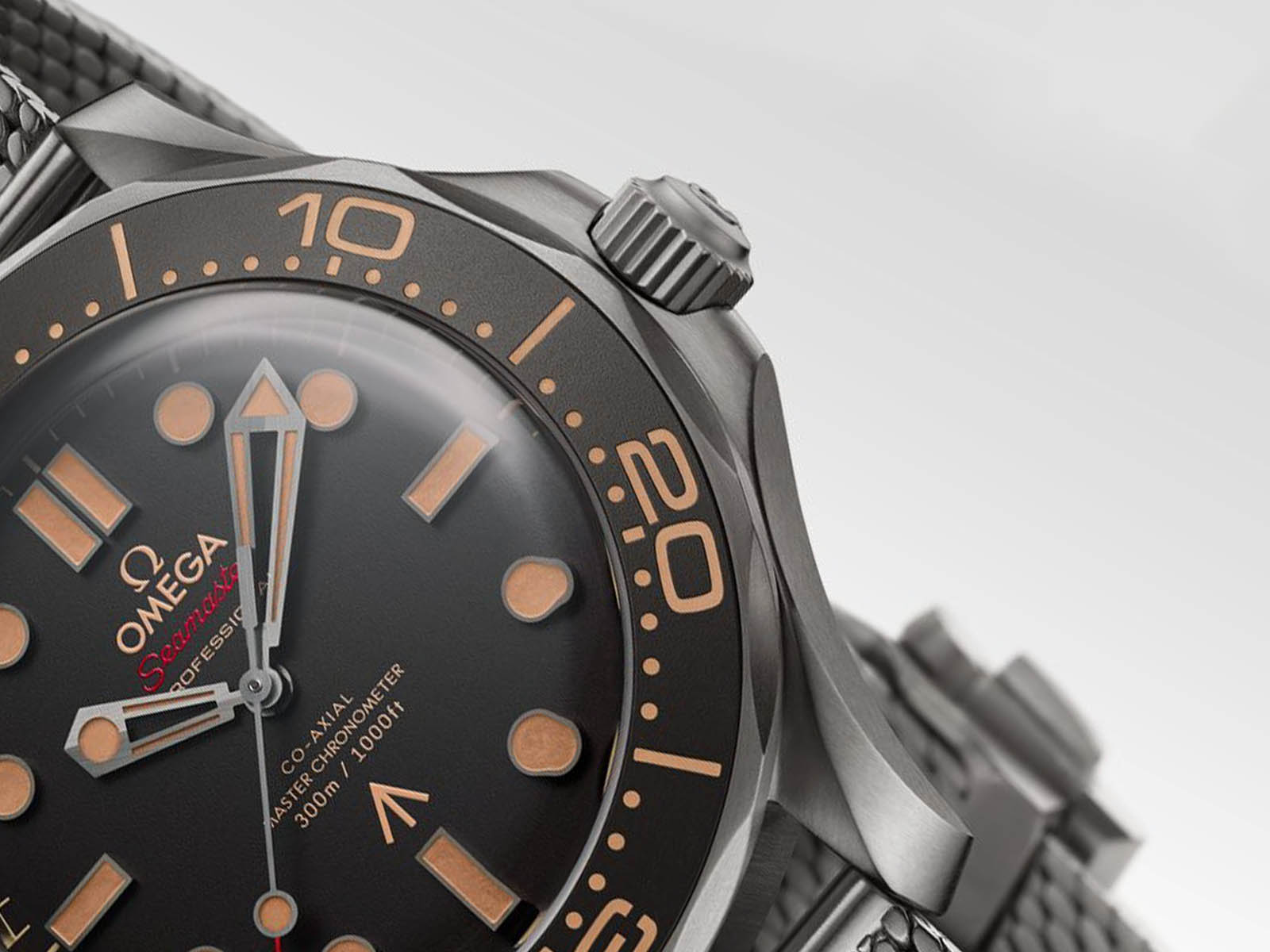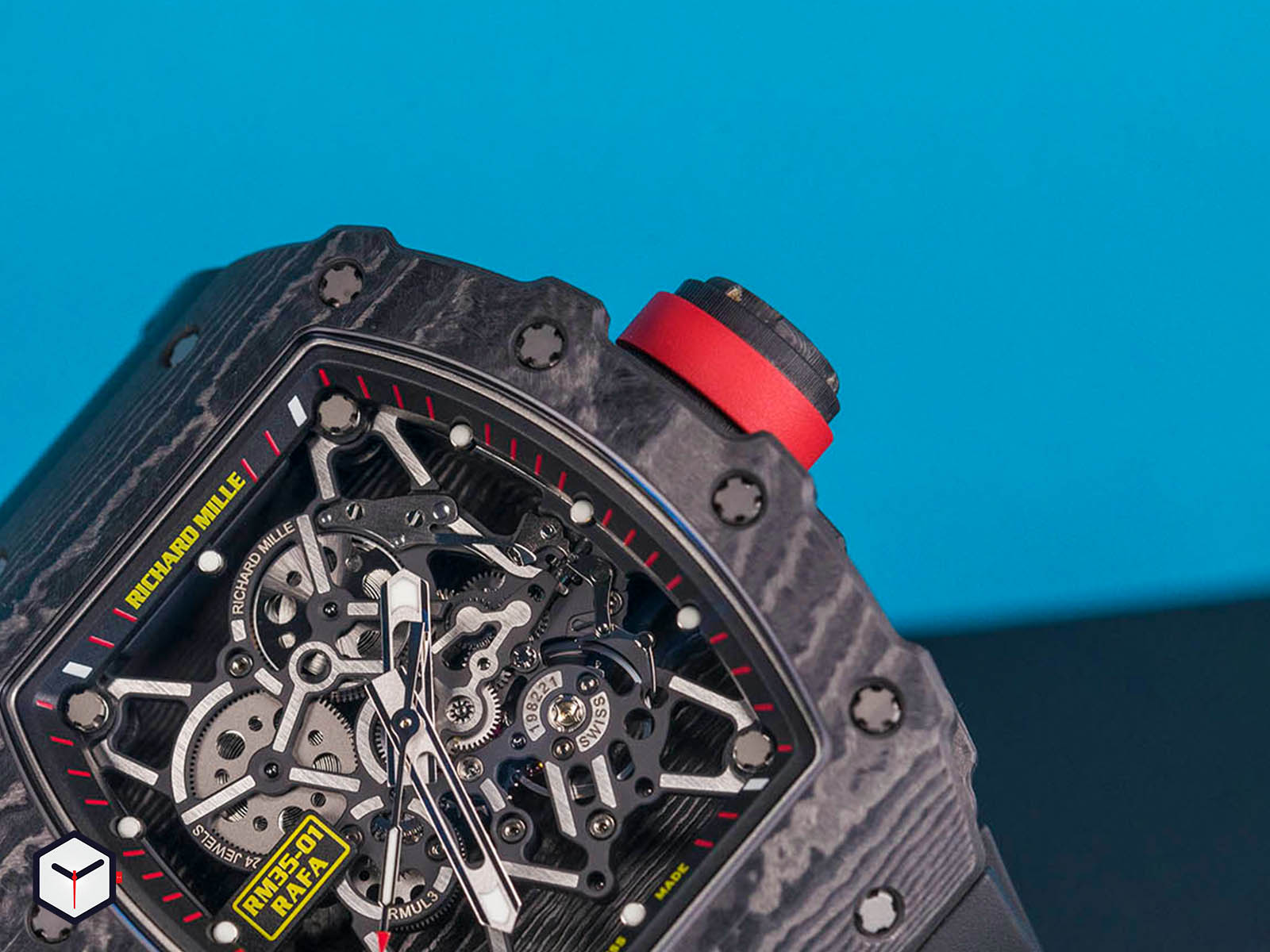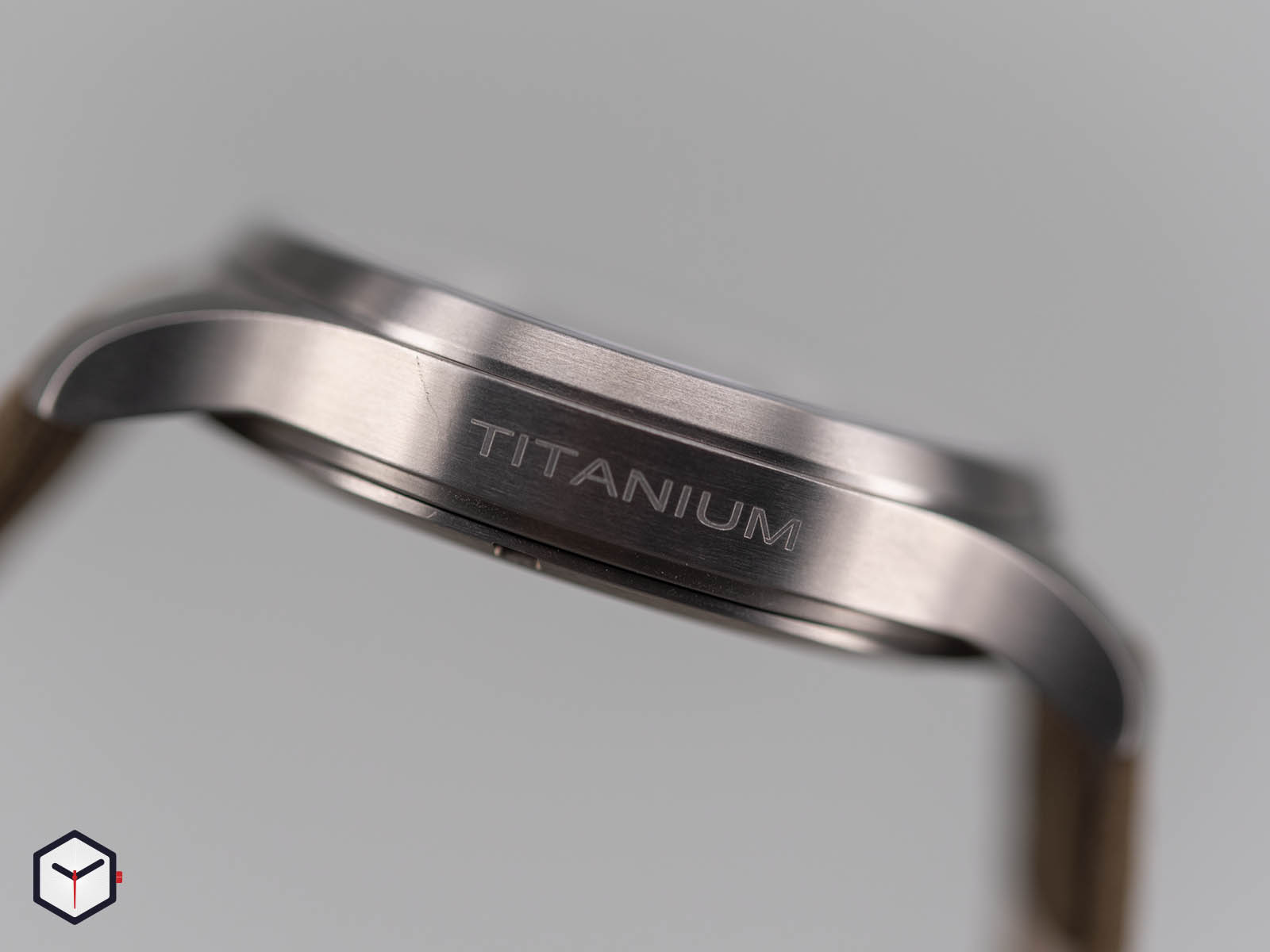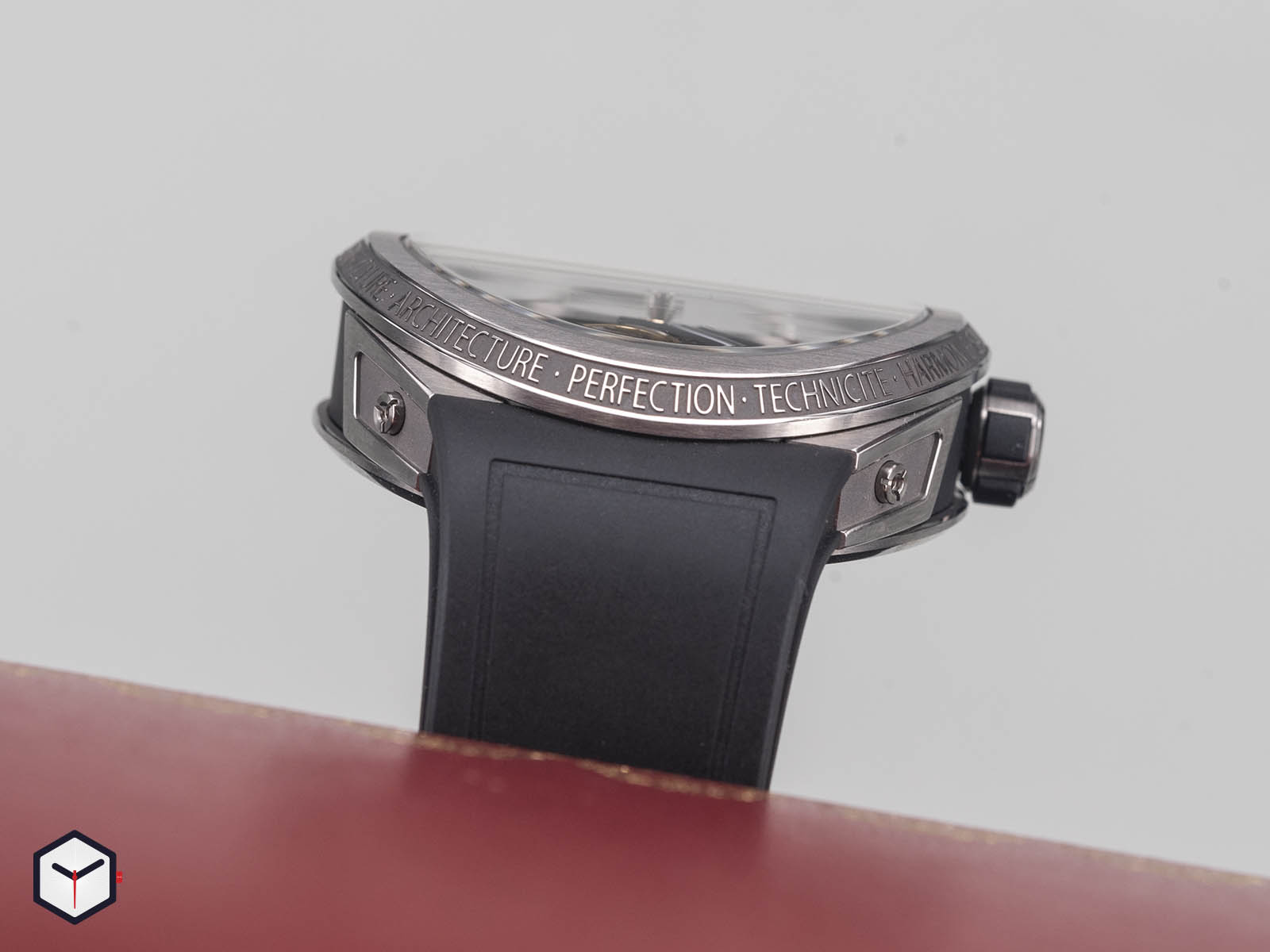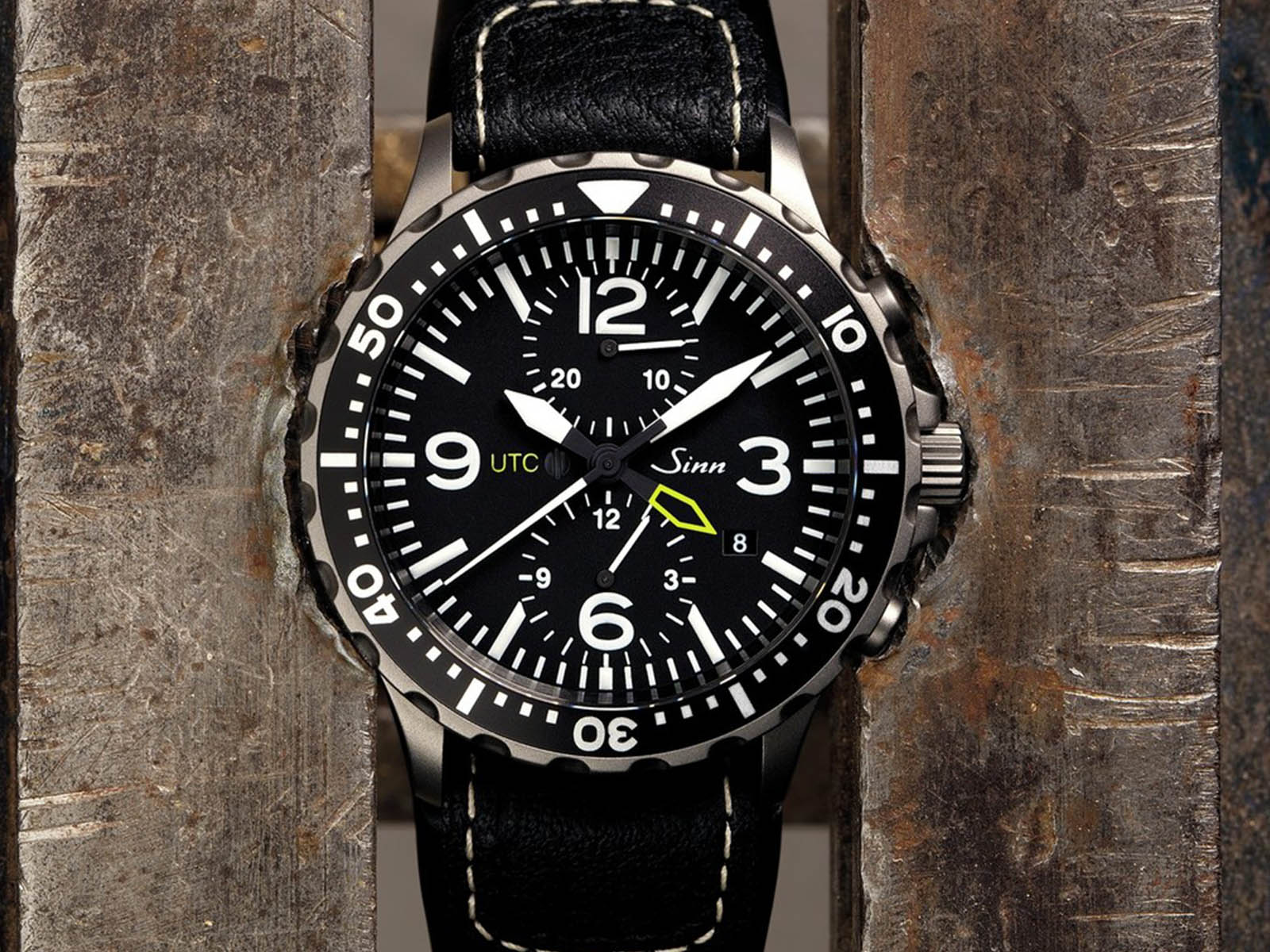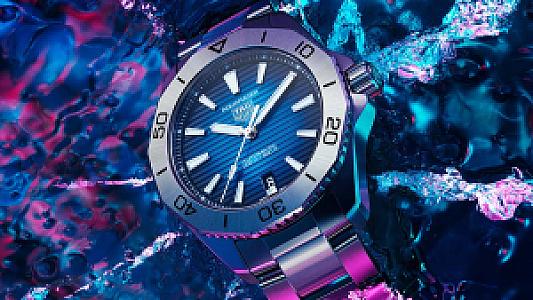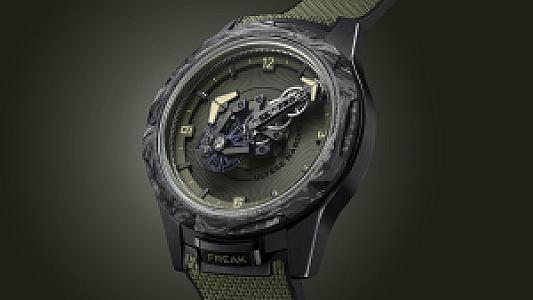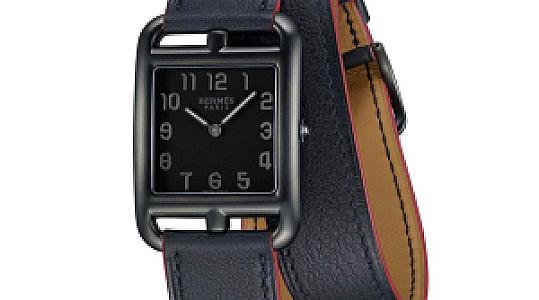Titanium is a light, strong, shiny, corrosion-resistant, grayish transition metal with an atomic number 22. For the world of watches, it means much more than this definition.
Let's start with a short history lesson; Titanium was discovered in England by William Gregor in 1791 and was named by Martin Heinrich Klaproth with this word for Titan in Greek mythology. Let's continue with a little knowledge of physics and chemistry; the metal is known for its high strength/weight ratio. While it has the same tensile strength as many commercially available steel alloys, its weight is up to 45 percent less. The metal melts at 1668 degrees Celsius and has a density value of 4.506g / cm3. Finally, let's add some knowledge of economics; Titanium is commercially produced by the Kroll process, a complex and expensive method of batch processing. In the meantime, using magnesium, an expensive metal, during the process makes producing Titanium quite costly.
Now let's get to the watches part. In addition to stainless steel, gold derivatives, and platinum, Titanium is a metal that has found its place under the roof of many brands in the world of watches. The first titanium watch was launched by the Japanese brand Citizen in 1970. The model, bearing the name Citizen X8 Chronometer Titanium, had a solid titanium case. Offered in less than 2000 units with high prices due to production difficulties, the model marked the beginning of an era in the world of watchmaking.
In today's watch world, two types of titanium alloys are mostly used. The type called Grade 2 is the titanium that qualifies as commercially pure. Grade 5, also known as Ti 6Al-4V, contains 6% aluminum and 4% vanadium. Durable, more resistant to temperature and corrosion, and of course more expensive. Some watch brands aim to improve the price/performance balance by using Grade 2 titanium in the case and Grade 5 titanium in the bezel that is more likely to be exposed to impacts.
Titanium watches are extremely light. If we compare the amount of substance per unit volume, i.e., density, there is a reduction of up to 45 percent compared to stainless steel. This can give some users an extra feeling of comfort. On the other hand, this can turn into a disadvantage for users who consider the feeling of toughness and quality on the wrist together with the weight of the watch, like me. A 30-gram Richard Mille with € 30,000 per gram MSRP feeling like a toy besides a platinum Day-Date weighing more than 200 grams, would be a good example of this situation.
Titanium is an extremely durable material. In fact, it is much more durable than stainless steel watches that most of us have on the wrist, and its surface hardness is up to 2 times higher. Despite all this, the myth that titanium is softer and less resistant to scratches than steel is spreading from ear to ear. The reason for this is the layer formed on the surface of titanium over time. This layer has a thickness at a molecular level and as expected, it does not have any resistance to impacts and scratches. In other words, scratches that appear on the surface of your titanium watch may be deformations in this layer. Fortunately, these scratches are easy to get rid of. On the other hand, when this layer, aka patina, is formed on the surface of the watch, it creates a beautiful appearance upon combining with the dark grayish color of the metal itself.
Titanium is highly resistant to corrosion. As long as you don't dip your wrist in nitric acid, you don't have to worry about your titanium watch. Of course, if you do this, you should worry about your wrist before your watch. Titanium's thermal conductivity coefficient is also quite low. In other words, the chilling feeling of a watch worn on the wrist in the morning of a cold night is experienced to a much lesser extent with a titanium watch.
Nickel, which is found in the alloy of stainless steel watches, can create an allergic effect for some. Titanium, on the other hand, is 100 percent biocompatible. Only because of this feature, this metal is also used in medical prostheses placed on the body.
Finally, titanium can be used with special coatings that harden and color the surface. Tegimenting, the technology used in some models of the German boutique manufacturer Sinn, is a good example of this situation.
Many brands offer both stainless steel and titanium versions of the same model to their customers at the same time. Now that we can predict the reasons why titanium models are more expensive, what would be your choice? Steel or titanium?
